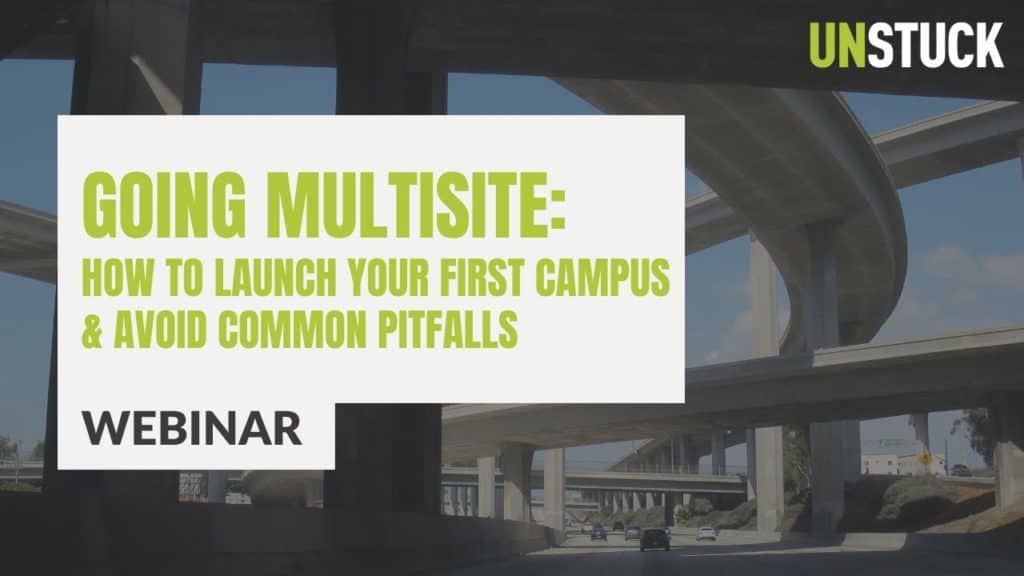In August, 2012, Leadership Network released a report stating that over 5,000 churches are now multisite churches (churches that meet in more than one location for worship). It’s a growing trend that first began with mega-churches, but has now expanded to churches of all sizes. One of the natural tendencies in a multisite church setting is to drift towards having one “main campus” that is driving the ship. It makes sense, because at some point there was an original campus and it is strategic to minimize redundancy and the duplication of efforts when possible. But, if not careful, the original campus can quickly be seen as the “Mothership,” a corporate headquarters making policies and calling all the shots. This can lead to a breakdown in unity through unhealthy competition, frustration and even resentment. At Sun Valley Community Church, we’re just coming up on the one-year mark of moving from one campus to three. And while we are still in the learning process, here are some of the lessons that we’ve been learning over the past year about avoiding the “Multisite Mothership Syndrome.”
Multisite doesn’t mean making a Xerox copy of the original campus
When many people hear the term “multi-site,” their initial thought is that they’re making a “Xerox copy.” And copies are never as good as the original right? Don’t fall into the trap of making clones or exact replicas of the original campus. There are thousands of little idiosyncrasies that make the church you’re at unique, and those simply can’t be reproduced. Instead invest your time, energy and resources into reproducing values, culture (best done through people), ministry principles and best practices.
Headquarters never understands what’s going on in the field
Just like in the “real world,” headquarters never seems to understand what’s going on in the field. That’s because they are “there,” while you’re the one actually on the field doing the work of implementing the plan. That’s why it’s important to create clear, broad guardrails for your teams and then turn them loose to make decisions and implement the game plan.
Clear lines of reporting and responsibility are essential
The staff at the original campus will feel responsible for the “brand” of your church. Their initial tendancy will be to influence the new campus more than they should. The staff at the new campus will feel a tendency to defer to the experience of the original campus, this will slow down decision-making. A clear reporting and job responsibility structure is key to freeing everyone up to play their unique role on their unique campus.
One size doesn’t fit all
A church of 250 looks and acts differently than a church of 2,500. A church of 2,500 looks and acts differently than a church of 5,000. In a church of 250, the pastor can pretty much know everyone. A church of 5,000 has the resources to pull off things that a church of 250 never could. Don’t expect each campus to look and act the same. Instead, leverage the unique systems of each campus to reach its unique community.
Don’t advertise your original campus at your new campus location
If what’s going on over “there” looks better than what’s going on “here,” then why stay “here?” If the content for the weekend worship services is coming from the original campus, be cautious about language, messaging, branding and even what “bells and whistles” are put on display that other campuses may not have access to utilize. The goal of the new campus is not to get people interested in your church so they’ll make the commute to the original campus. The new campus is a unique, thriving Gospel centered church for that particular community.
The Unstuck Group has a team with 40+ years of combined experience leading multisite churches. We’d love to share with you how we can help you develop a multisite strategy that will help you reach more people in your region with the love of Jesus. Learn more about our multisite services.






